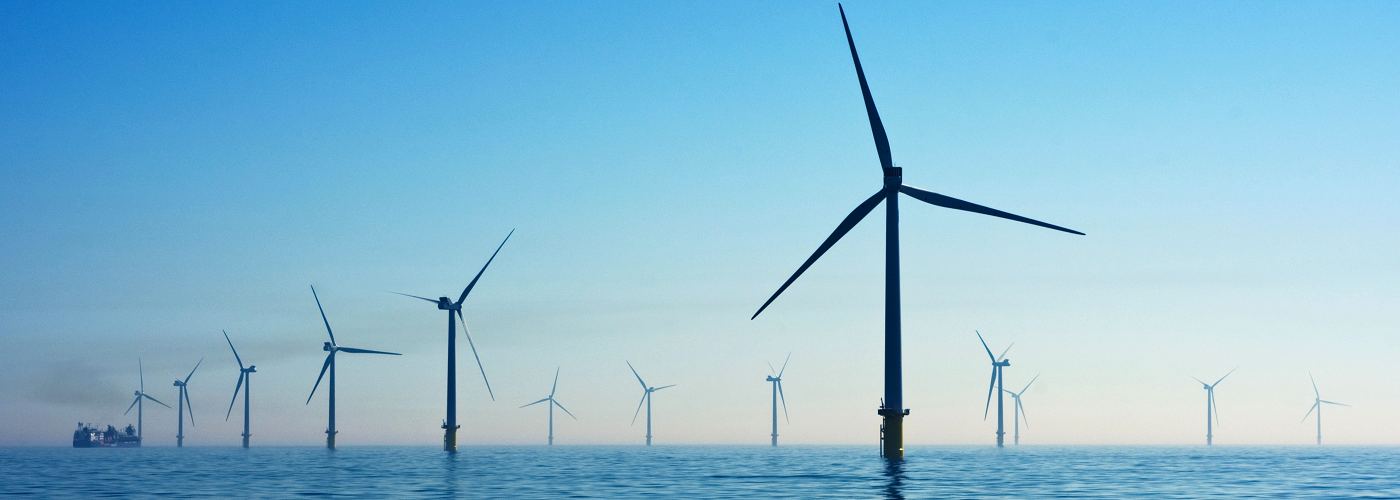

Earlier in 2021, the U.S. government approved the first large-scale, offshore, wind farm in U.S. waters, off the coast of Massachusetts. Called Vineyard Wind, this facility will provide enough power for 400,000 homes and businesses. Over in European coastal waters, the offshore wind industry is much more mature and widespread in its installations, with the North Sea being a particular hotspot for wind farm proliferation. As the installation of offshore wind farms continues to ramp up, a new study by a German research team headed by Naveed Akhtar cautions that wind farms situated too close together can interfere with one another reducing overall efficiency.
The researchers employed a regional-scale weather model called the COSMO-CLM to simulate the effect that planned future wind installations would have in the North Sea. They then compared the simulated wind speeds with actual wind measurements taken in the same areas from 2008-2017 aboard two research platforms.
What they uncovered was a reduction in the annual mean wind speed within a wind farm of 4.5-5.6 mph (2-2.5 m/s). Moreover, this wind speed deficit extended quite far away from the confines of the wind farm installation. On average the area of reduced winds reached 35-40 km (22-25 mi) downwind of the wind farm. However, on days where the atmosphere was more stable these reduced winds could extend 70+ km (43+ mi) away. Although a reduction on the order of 5 mph in wind speed doesn’t sound significant, this could still translate into a reduced efficiency of downwind wind farms of 20-25%.
Thus, as offshore wind farms become more widespread in the coastal areas of the world in the future, this wake effect will need to be considered. In a future study, the research team also hopes to uncover what effect this local reduction in wind speed might have on marine ecosystems, as wind and waves work to mix the ocean. A change in this mixing could impact many variables such as salt content, oxygen levels, as well as temperature and nutrient levels.